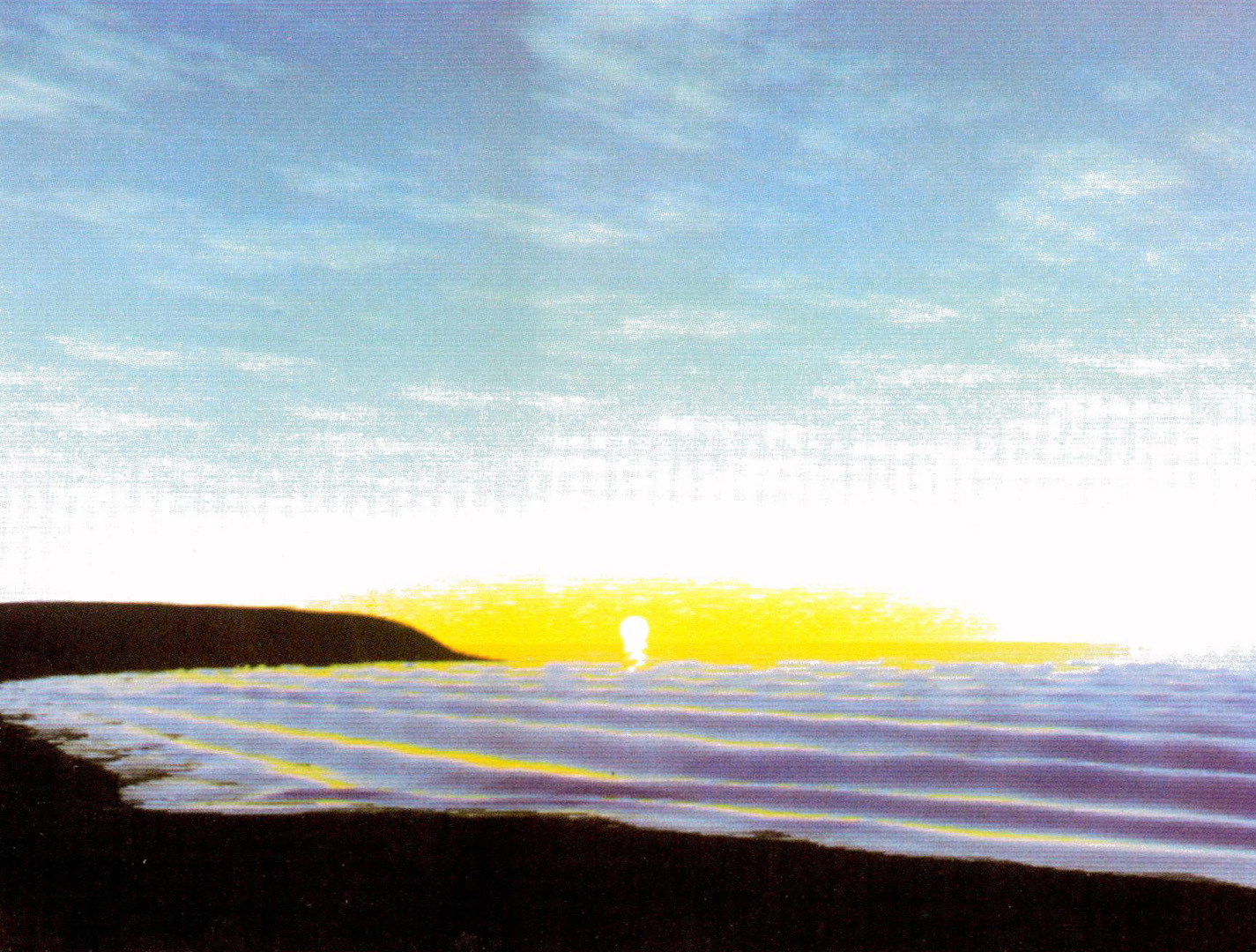“Modeling waves and surf” by Peachey
Conference:
Type(s):
Title:
- Modeling waves and surf
Presenter(s)/Author(s):
Abstract:
Although modeling natural phenomena is recognized as one of the greatest challenges of computer graphics, relatively little time has been spent on modeling ocean waves. The model presented in this paper is suitable for the rendering and animation of waves approaching and breaking on a sloping beach. Waveforms consist of a phase function which correctly produces wave refraction and other depth effects, and a wave profile which changes according to wave steepness and water depth. Particle systems are used to model the spray produced by wave breaking and collisions with obstacles. A scanline algorithm for displaying the wave surface is presented, along with a method of integrating separately rendered particle systems with other surfaces. Hidden surface removal for both waves and particles is done using a novel variation of the A-buffer technique. Methods of implementing the model are presented and compared with previous rendering techniques.
References:
1. Bloomenthal, J. Modeling the mighty maple, Computer Graphics/9, 3 (Juty 1985), 305-311.
2. Carpenter, L. The A-buffer, an antialiased hidden surface method, Computer Graphics 18, 3 (July 1984), 103-108.
3. CatmuU, E. A Subdivision Algorithm for Computer Display of Curved Surfaces, University of Utah, December 1974.
4. Fishman, B. and Schachter, B. Computer display of height fields, Computers and Graphics 5 (1980), 53-60.
5. Fournier, A., Fussell, D., and Carpenter, L. Computer rendering of stochastic models, Commun. ACM 25, 6 (June 1982), 371-384.
6. Fournier, A. and Reeves, W. A simple model of ocean waves, Computer Graphics 20, 3 (August 1986).
7. Gardner, G. Visual simulation of clouds, Computer Graphics 19, 3 (July 1985), 297-303.
8. Lane, J. and Carpenter, L. A generalized scan line algorithm for the computer display of parametrically defined surfaces, Computer Graphics and Image Processing 11 (1979), 290-297.
9. Kinsman, B. Wind Waves: their generation and propagation on the ocean surface, Prentice-Hall, Englewood Cliffs, N.J., 1965.
10. Max, N. Vectorized procedural models for natural terrain: waves and islands in the sunset, Computer Graphics 15, 3 (August 1981), 317-324.
11. Milne-Thomson, L. Theoretical Hydrodynamics, 5th edn., Macmillan & Co., London, 1968.
12. Norton, A., Rockwood, A., and Skolmoski, P. Clamping: a method of antialiasing textured surfaces by bandwidth limiting in object space, Computer Graphics 16, 3 (July 1982), 1-8.
13. Peachey, D. PORTRAY-an image synthesis system, Proc. Graphics Interface ’86, Vancouver, May 1986.
14. Perlin, K. An image synthesizer, Computer Graphics 19, 3 (July 1985), 287-296.
15. Pethick, J. An Introduction to Coastal Geomorphology, Edward Arnold Ltd, London, 1984.
16. Porter, T. and Duff, T. Compositing digital images, Computer Graphics 18, 3 (July 1984), 253-259.
17. Reeves, W. Particle systems – a technique for modelling a class of fuzzy objects, Computer Graphics 17, 3 (July 1983), 359-376.
18. Reeves, W. and Blau, R. Approximate and probabilistic algorithms for shading and rendering structured particle systems, Computer Graphics 19, 3 (July 1985), 313-322.
19. Smith, A. Plants, fractals, and formal languages, Computer Graphics 18, 3 (July 1984), 1-10.
20. Stoker, J. Water Waves: The Mathematical Theory with Applications, lnterscience Publishers, New York, 1957.
21. Whitted, T. An improved illumination model for shaded display, Commun. ACM 23, 6 (june 1980), 343-349.
22. Whitted, T. The hacker’s guide to making pretty pictures, SIGGRAPH ’85 Course Notes: Image Rendering Tricks, July 1985.





